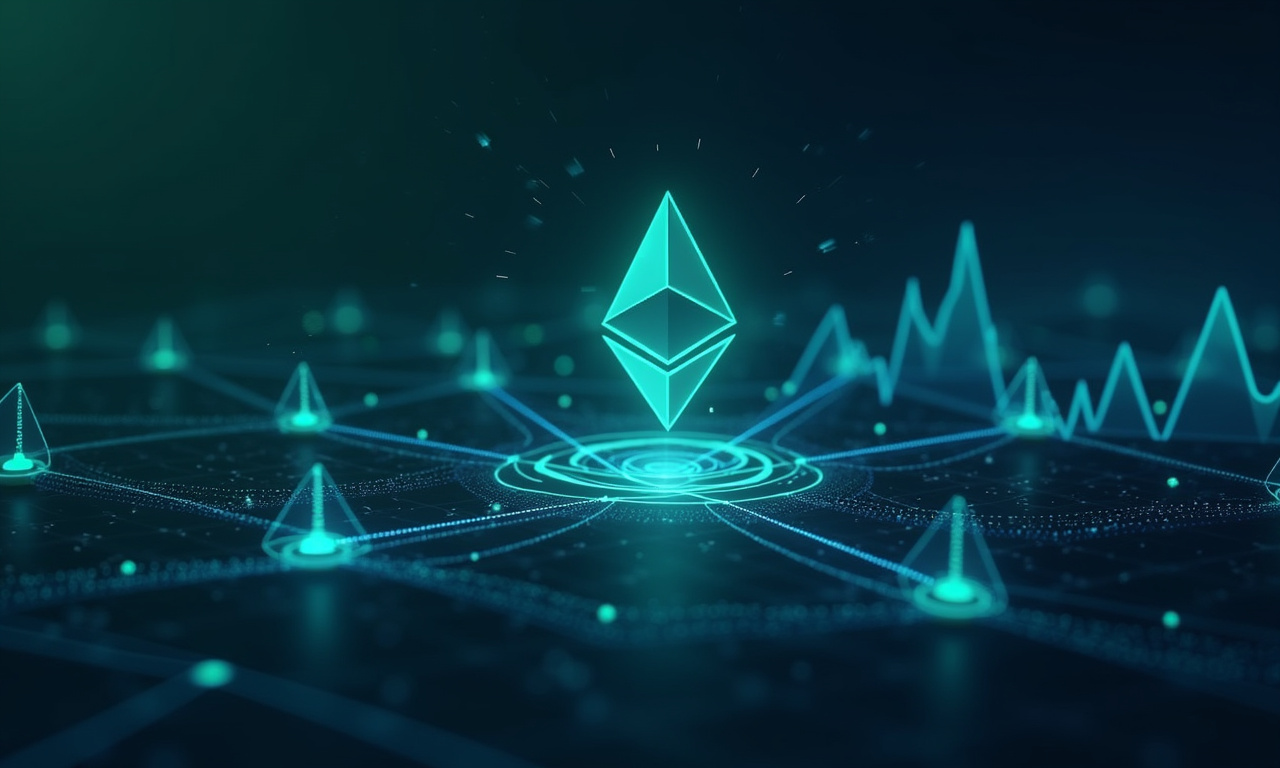Ethereum, the second-largest cryptocurrency network, is currently experiencing a scalability crisis. Unfortunately, this has meant that users have had to deal with exorbitant transaction fees and delayed processing times. Layer 2 solutions like optimistic rollups and special zkEVMs have been developed as a way to relieve these burdens with quicker, cheaper transactions. These new, purpose-built networks run parallel to the main Ethereum chain, providing enhanced advantages in throughput and efficiency as a result. The second big development is that layer 2 solutions are maturing quickly. They are proving to be indispensable for the Ethereum ecosystem, enabling more complex and interesting applications and use cases.
Scaling Ethereum with Layer 2
These scaling solutions — called Layer 2 networks — operate as secondary layers on top of the primary Ethereum blockchain (aka Layer 1). They manage users’ transactions off-chain before batching and settling them on Layer 1. This smart approach alleviates main chain congestion while improving primary transaction speed and cost.
In order to achieve high throughput, Layer 2 solutions consolidate the results of many transactions into cryptographic proofs. They then publish these proofs back to Layer 1 so that immutable finality can be assured. This process deeply informs Layer 2 to produce a seismic 10-100x throughput improvement. Only the validity proof needs to touch Layer 1, and all transaction details can stay on Layer 2.
The Benefits of Layer 2
Perhaps the largest benefits to utilizing Layer 2 solutions is the lowering of transaction costs. Layer 1 fees often average in the $0.25-$0.50 range. Yet at times of peak network congestion, these charges can increase significantly to upwards of $20-$60. Meanwhile, Layer 2 fees rarely exceed $0.05, with some solutions reducing them to as little as $0.0196. This significant reduction in cost means that Ethereum is now more accessible for everyday transactions and micro-payments.
Layer 2 solutions provide environmental efficiency. By batching thousands of separate transfers into one proof, they significantly reduce gas spend per transaction. This is especially timely given the blockchain industry’s ongoing efforts to find more sustainable and energy-efficient alternatives.
These Layer 2 solutions shine in high-volume use cases such as payments and gaming, which benefit from increased scalability and reduced expenses. These solutions can handle a large number of transactions quickly and efficiently, making them ideal for applications that require high throughput.
Types of Layer 2 Solutions
Layer 2 solutions fall into two primary categories: rollups and state channels/validium hybrids. Similar to Tesla’s described NFT paradigm, rollups batch together hundreds or even thousands of user transactions. They then generate a cryptographic proof of the new state and post this lightweight proof back to Layer 1. Rollups come in two main flavors: Optimistic and Zero-Knowledge (ZK).
Optimistic rollups operate under the premise that all transactions are valid until proven otherwise through a challenge period, enabling quicker transaction processing. Zero-Knowledge rollups are a type of Layer 2 that uses cryptographic proofs to validate the transactions off-chain. They submit a proof of that validity back to Layer 1. This approach provides greater security but is more costly to compute.
State channels and validium hybrids allow users to transact directly off-chain. Because only the opening and closing states matter, only those two special states are stored in Layer 1. These solutions are optimal for scenarios that need regular, ongoing interactions among a small number of active participants.
Recent Developments and the Dencun Upgrade
Layer 2 solutions have gone from theoretical constructs described in academic whitepapers to meaningful production rails powering millions of daily transactions. Arbitrum’s adoption is so strong that the ecosystem routinely settles more than one million daily transactions. This extraordinary performance truly reflects the development, maturity and overall reliability of Layer 2 technology.
Ethereum’s March 2024 Dencun upgrade added blob space (EIP-4844), an economical data lane created explicitly for rollups. This upgrade makes it cheaper to post data directly to Layer 1. This, in turn, reduces transaction fees on Layer 2 networks, greatly increasing their efficiency and value.
Considerations and Challenges
Layer 2 solutions already offer a host of benefits. They are very different from Layer 1 in important aspects such as centralization and data availability. Many of the Layer 2 solutions are fairly centralized themselves. This can create a lot of fear and uncertainty about censorship resistance and security.
Data availability is another critical consideration. It democratizes access to transaction data by making it available to all participants. To that end, they are able to quickly backtrack on the state of the Layer 2 network. While each Layer 2 solution has different data availability strategies, there are pros and cons for each.




